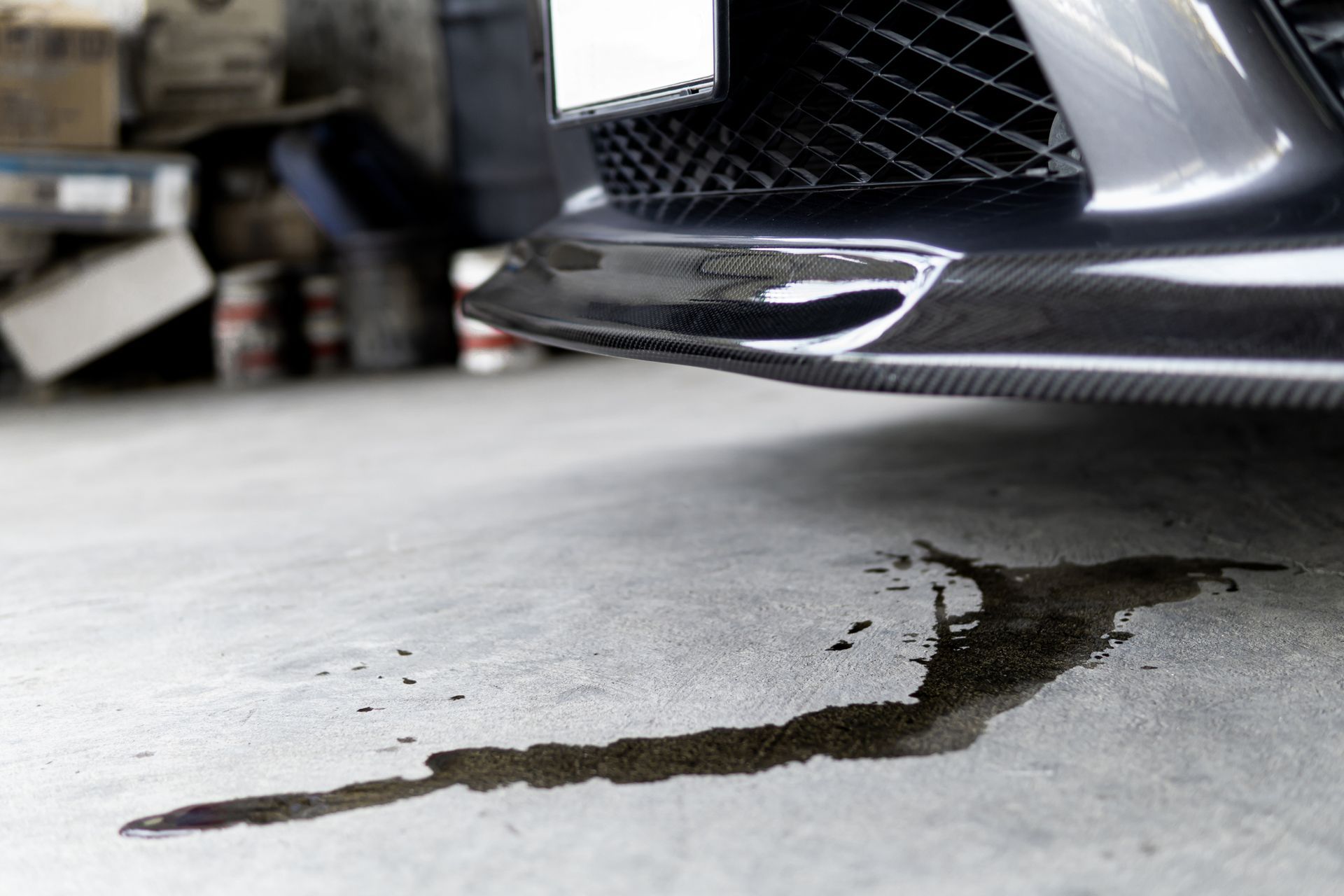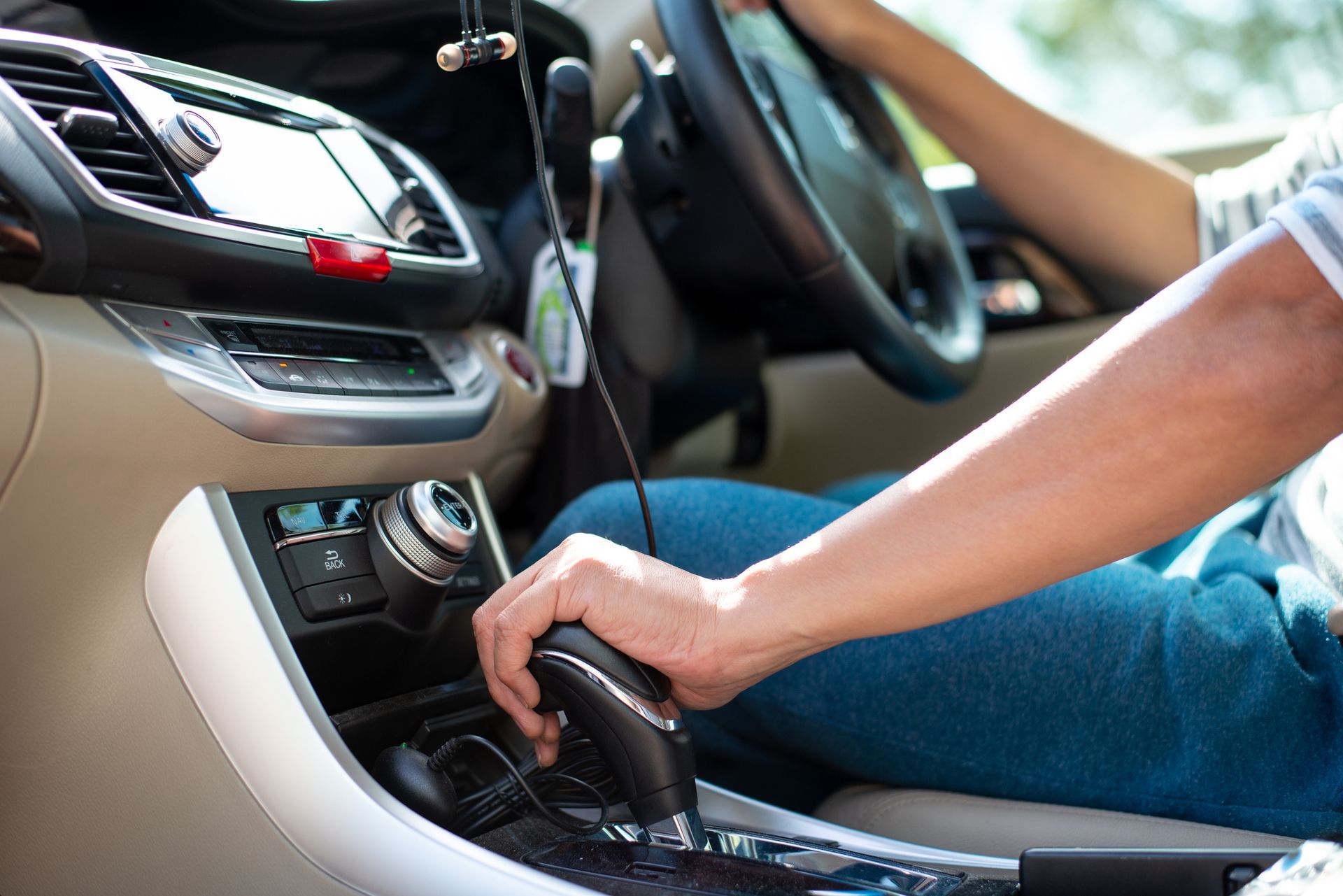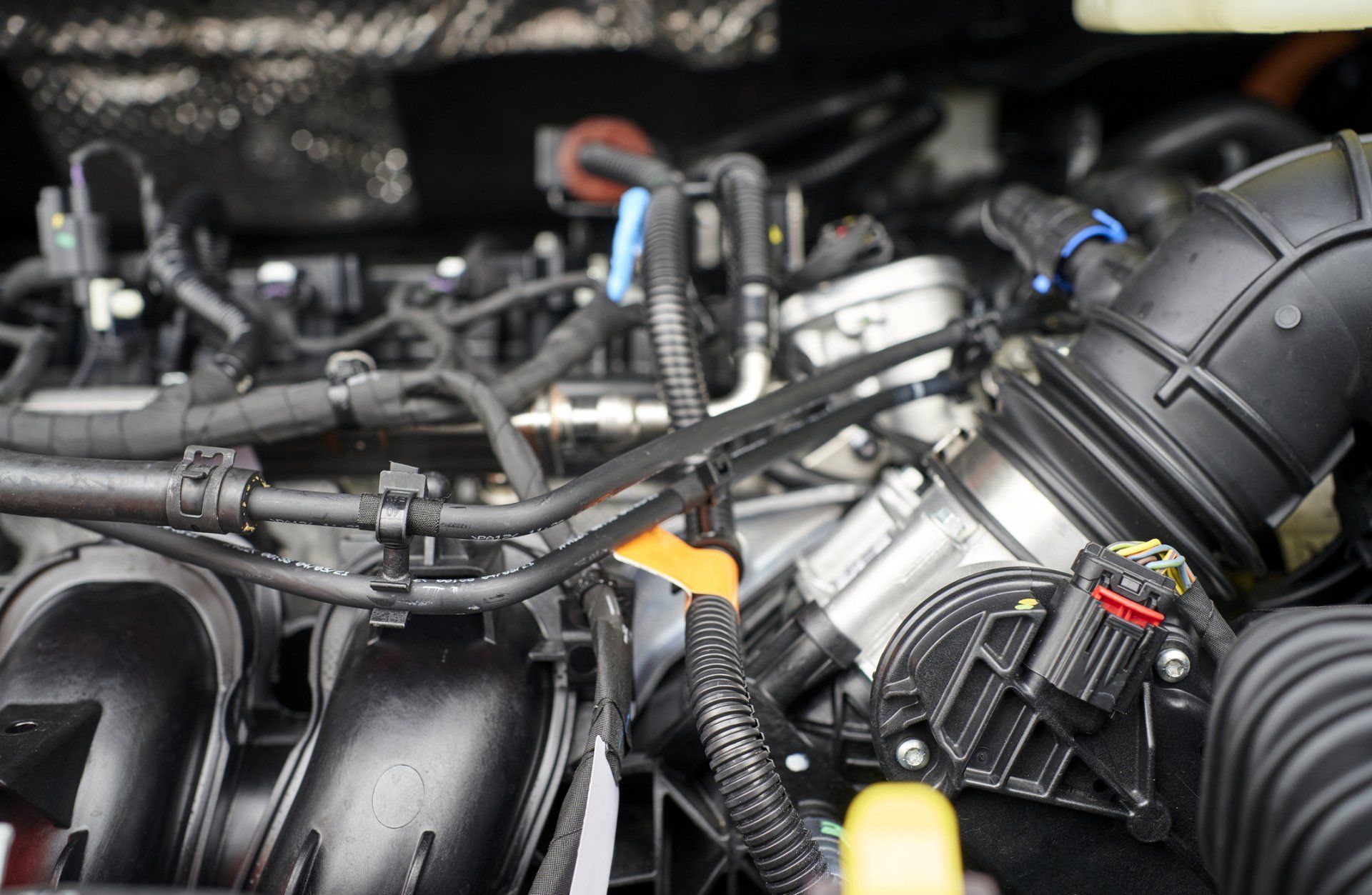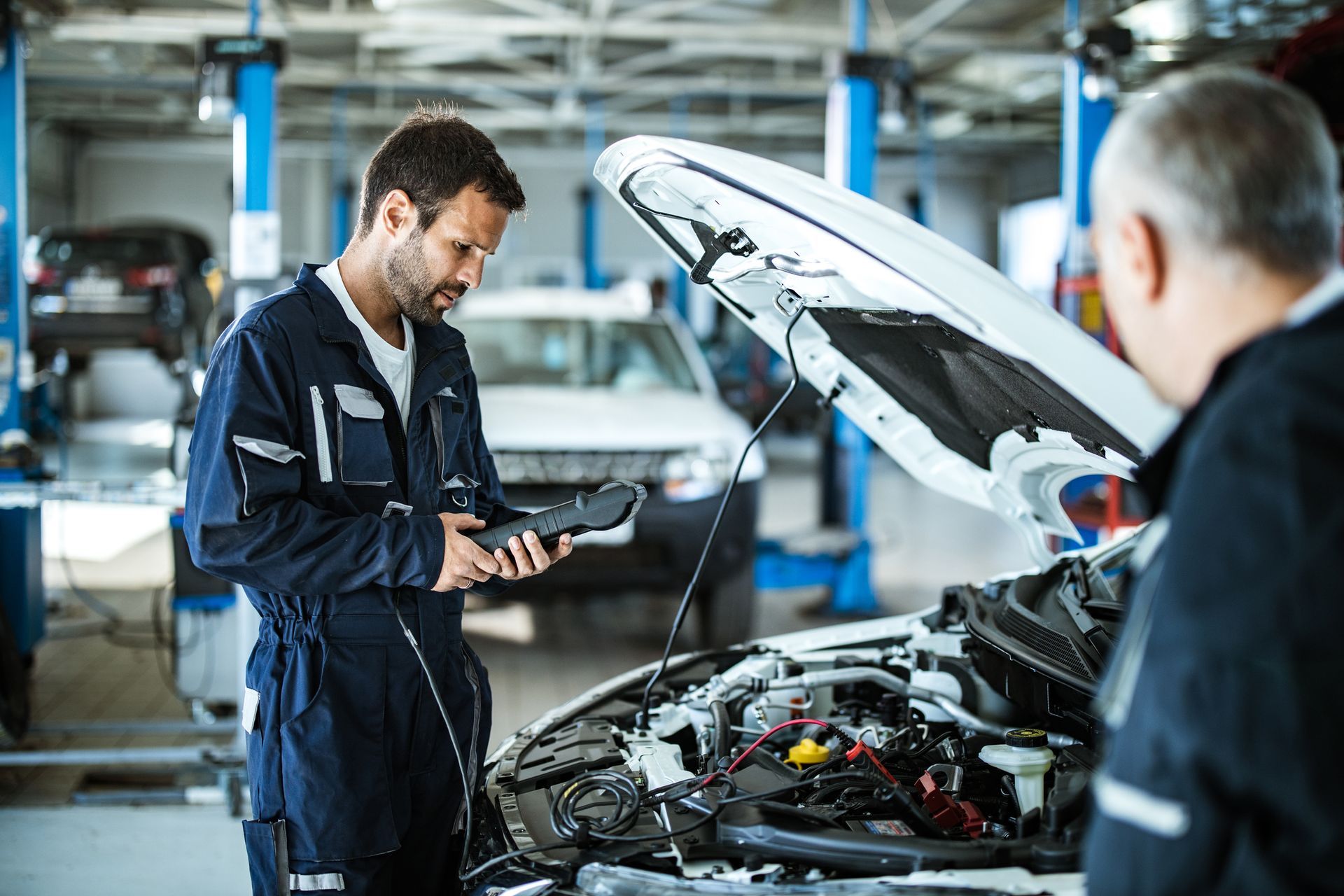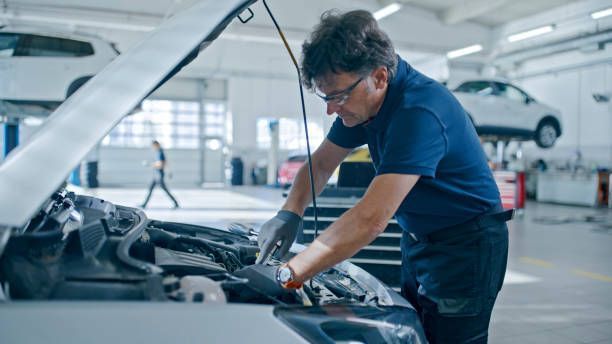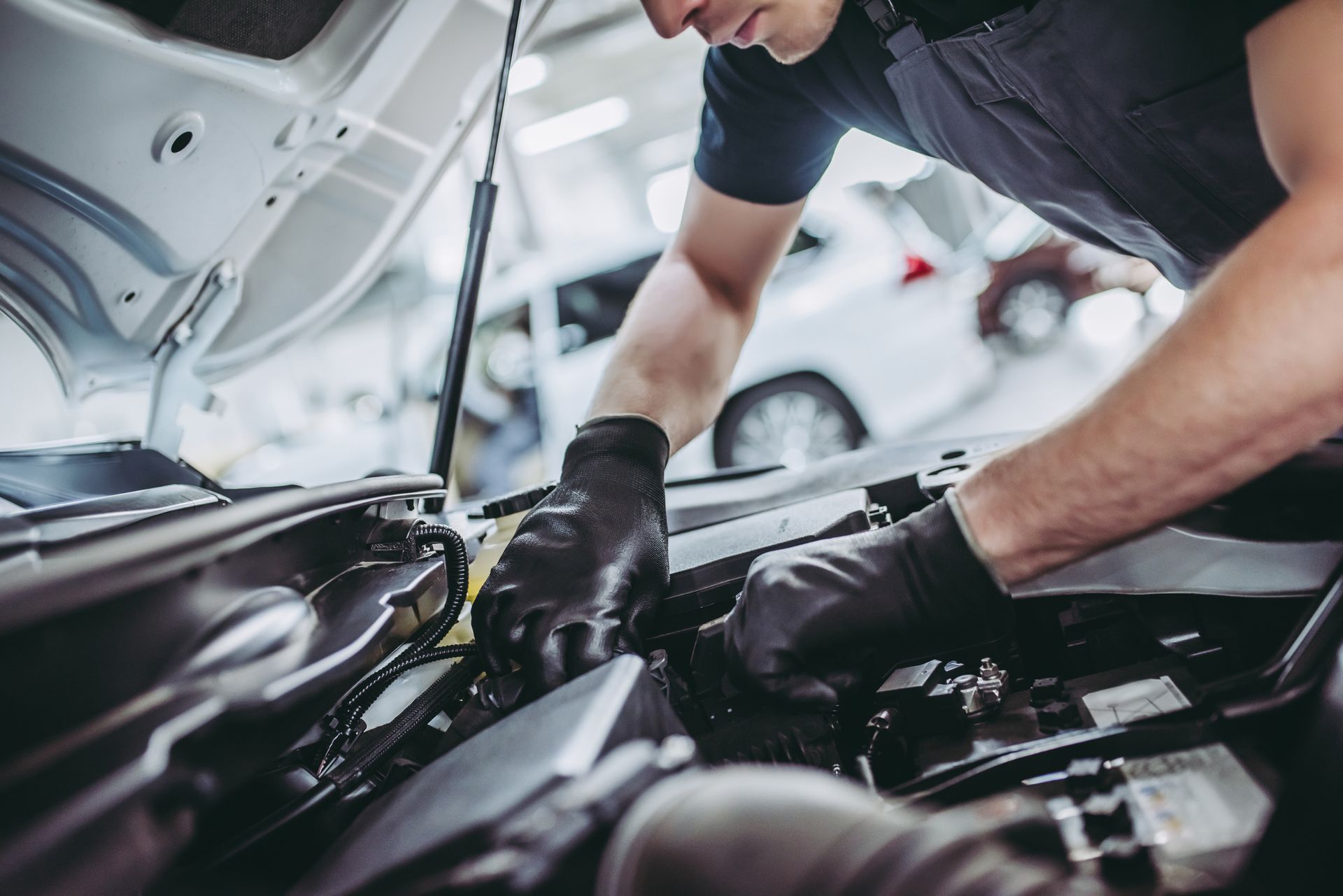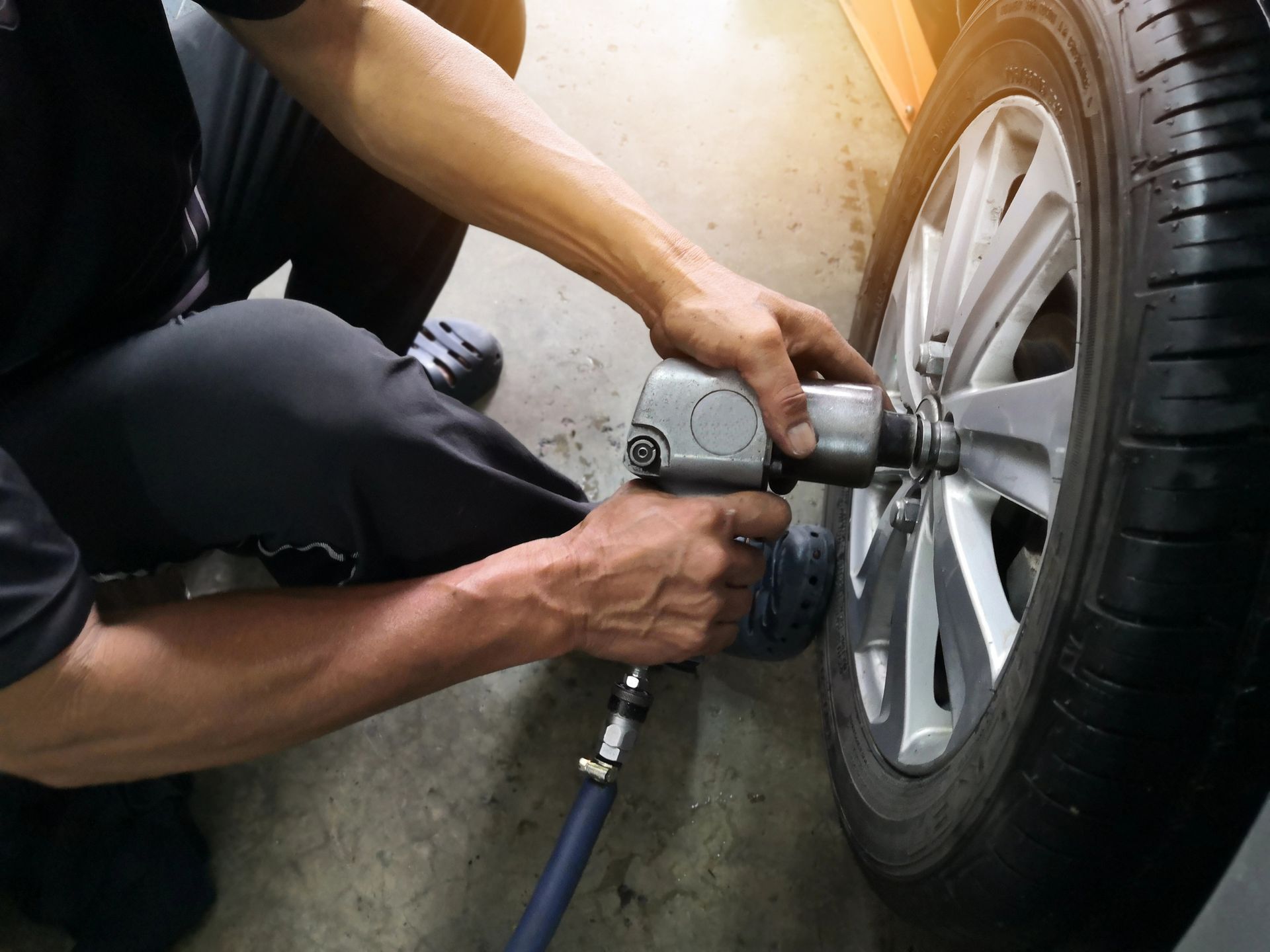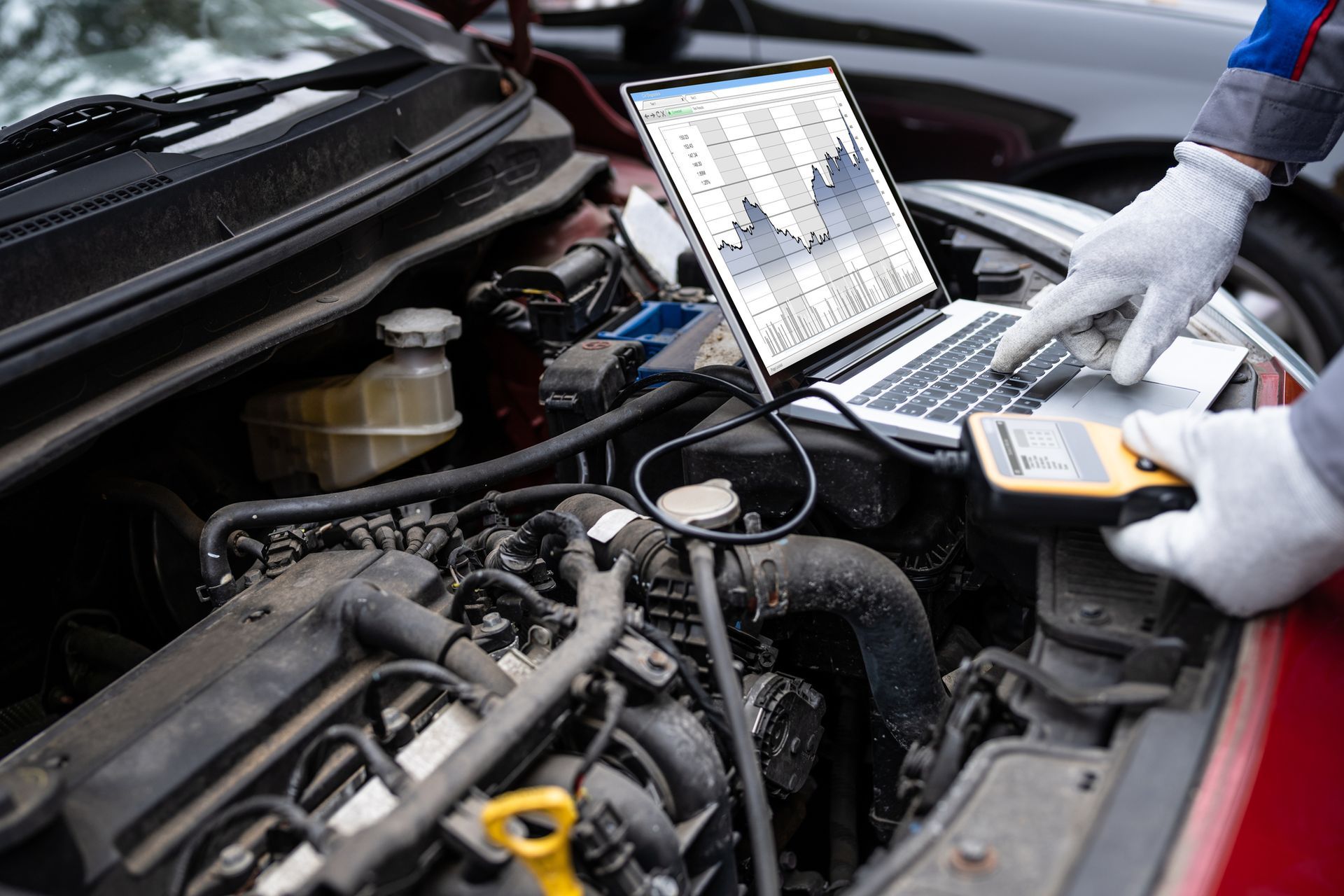The Importance of Heeding Your Check Engine Light Warning
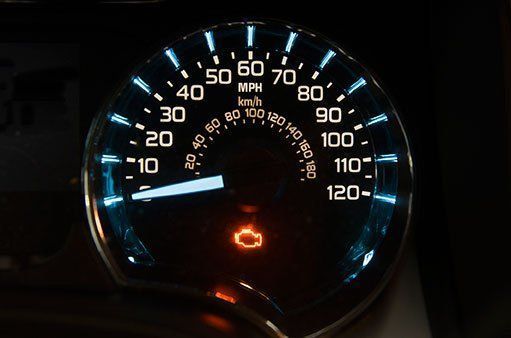
You're driving along when you suddenly notice that the check engine light is illuminated on your dashboard. The check engine light is an important indicator of problems with your car, so you shouldn’t ignore it. The more you delay making the necessary repairs, the more likely you are to have more costly ones down the road.
Here are some things you should know about the check engine light and the most common reasons why it comes on.
What the Light Monitors
The check engine light is part of a computer-controlled monitoring system that receives data from various sensors, which are mostly located in the engine compartment or along the fuel and exhaust lines.
These emission-related sensors help keep the engine running at an efficient level while keeping vehicle emissions under control. They also monitor and control things like coolant temperature, fuel mixture, air intake pressure, and temperature.
What the Light Means
When the light comes on, it means that one or more components have failed or it has sensed a problem. However, depending on what the failed sensor was monitoring, you may not notice anything different about how your car runs when it happens. This does not mean that you are not causing damage to your engine if you keep driving.
How to Check for Codes
The way to check codes depends on the age and type of your car. Most codes are either checked with a scanner or by creating a jump between two pins. Some cars reveal their codes by flashing the light a certain number of times, while others give an actual code number. While many cars share similar coding, if you are checking the codes yourself, be sure you have the exact code list available for your particular model.
Why the Light Comes On
While many components connect to the check engine light system, failure with these five tend to be the most common reasons why the light comes on.
1. Loose Gas Cap
If the light came on just after you filled up your tank, then check to make sure the cap is on tight. You may also need to replace the cap if it no longer holds a seal.
2. Bad Oxygen Sensor
When this component fails, you may notice a change in your engine's performance. While you can change this part yourself, it can be difficult to do so on some models.
3. Clogged converter
The catalytic converter helps reduce the amount of emissions that make it past the combustion chamber and into the exhaust. When it fails, it could cause engine performance problems and may even overheat and catch fire.
4. MAF Sensor
The MAF, or mass air flow sensor, controls the amount of air that makes it into the engine. When it breaks down, it could cause problems with other sensors, as well as the catalytic converter. You may also notice a drop in fuel efficiency. Sometimes, the problem is not the sensor but a loose or broken wire.
5. Spark Plugs and Wires
Spark plug and wire problems often lead up to a misfire code. They can also lead to poor combustion and damage the oxygen sensor and catalytic converter. You should change your spark plugs and wires at regular intervals according to your manufacturer's recommendation.
Failing to remedy a check engine light situation may affect your car's overall performance and cause more damage over time. In places where you are required to have your car inspected, then it can also cause you to fail the tests.
Fortunately, any check engine light problem is fixable. If your check engine light is on, then take it to Letcher Bros. Auto Repair where experienced mechanics will diagnose and repair the problem.

